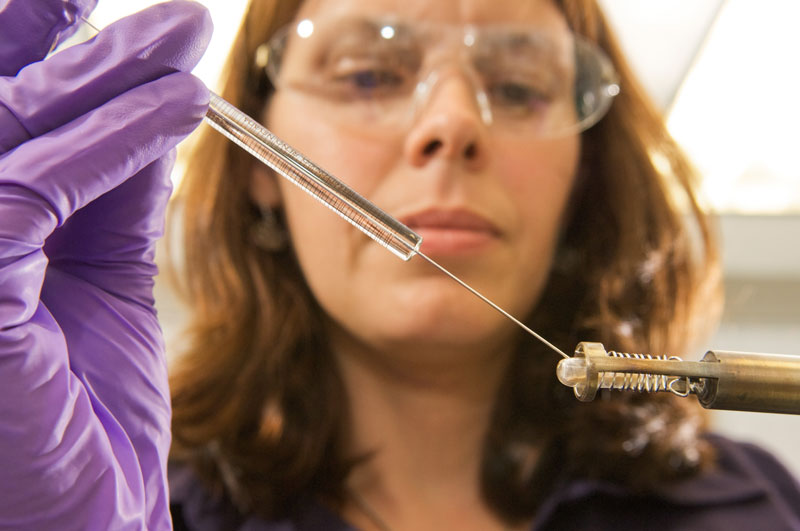Science Officer

Science Officers are the thinkers whose ideas and questions drive the mission objectives.
NASA scientists conduct groundbreaking research across earth science, planetary science, heliophysics and astrophysics to answer some of the most profound questions facing humanity. In addition to exploring the vast unknowns of space, NASA’s science research is driving technology to improve life here on Earth. From supporting water purification efforts worldwide to developing critical medical advances, NASA scientists are uncovering discoveries that benefit humanity.
The most common science roles are in the disciplines of general physical science, astronomy and space, and physics. NASA employs 15 different types of scientists who serve as experts across varied projects and missions. NASA’s diverse team of astrophysicists, geologists, biologists, chemists — the list goes on — are an integral part of NASA’s mission.
NASA scientists are designing instruments for the first probe to touch the Sun. They are developing hardware to detect compounds on Mars. Whether you’re working on the launch pad or studying the potential of DNA sequencing for crew health on the International Space Station — NASA scientists are involved in research and operations that will make an enduring impact.
